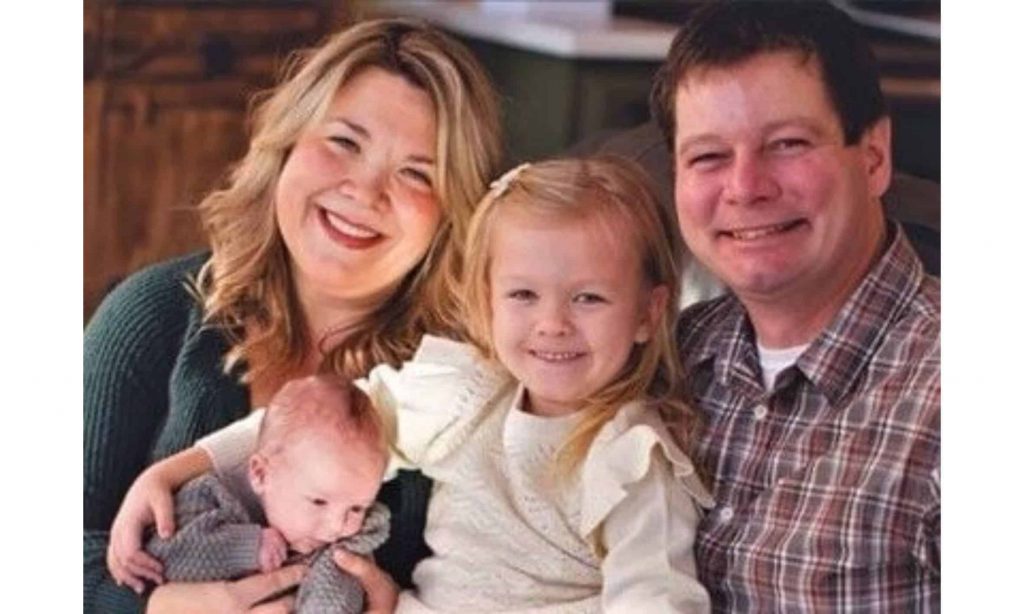Puzzle pieces on his Dorchester-area farm include various technologies that help solve problems such as labor scarcity and work-life-balance challenges.


Puzzle pieces on his Dorchester-area farm include various technologies that help solve problems such as labor scarcity and work-life-balance challenges.
His first “technology pieces” were four DeLaval milking robots that he purchased in 2012. He bought two more in 2021 and another two in 2022.
“We initially installed the robots because we wanted to still be able to have a farm we could operate as a family without a lot of employees – but that would still provide enough flexibility, time off and cash flow,” he said. “It was difficult to capture milking the same amount of cows with a parlor system. The other reason was just the ability for cows to be in a relaxed environment with little disruption.”
Peissig currently milks 400 cows and manages 90 dry cows. He has one full-time employee plus two part-time employees who are high school students. His wife, Tolea Peissig, also helps on the farm when not working as a guidance counselor for the Medford Area School District in Wisconsin. His father, Tom Peissig, though “pretty much” retired, helps with projects, equipment maintenance and driving tractor when needed.

“Labor savings gets cancelled out by the cost of the robots in the short term but longer-term we’re seeing labor savings,” Jake Peissig said.
His total labor costs in 2022, including his own labor, were less than $1 per hundredweight. And there’s value in having fewer personnel problems and less worker compensation, he said – a benefit created by having robots.
Another benefit is there’s been a significant decrease in cull rate.
“We virtually have no culls due to injury, or problems with feet and legs,” he said.
When he culls now it’s generally related more to fertility and production problems, he said.
There was a large increase in milk production in 2012. That could be attributed in part to the robots, but it also could be due to a combination of factors, he said. Cows were moved from outdated facilities to new housing with sand bedding and cross ventilation. They were milked an average of three times daily in the robots versus two times daily in the parlor.
Another puzzle piece that’s helped on his farm is an upgraded rumination and activity system, he said. He’s used the IDA system together with a Connecterra data-management system since May 2022. That helps him and his employees to identify sick cows; it also assists in catching cows for repeat-breeding purposes.
Technology has helped his young employees who have less experience with managing cows, he said. Data is connected to an application so they receive alerts on their phones when cows begin to show signs of illness. Then they can follow standard operating procedures to address issues.
“That’s helped save a lot of cows,” he said.
Dr. Dave Johnson, a veterinarian with Clark-Marathon Veterinary Service of Colby, Wisconsin, has provided herd-health services to Peissig for about six years.
“Jake’s reproduction program has always been really good,” he said. “And reproductive health has become even better with the new rumination and activity system. Jake and the others also have been able to pick up on sick cows sooner, which means the sooner they can receive treatment.”
The “labor puzzle” also motivated Peissig to purchase a Lely Vector automatic-feeding system. Prior to installing the system he had part-time employees feeding cows but that led to inconsistencies in the feed cows were receiving, he said. Since using the automatic system the cows are fed a fresh total-mixed ration eight times per day; that’s reduced cow feeding-refusal rate.
Peissig’s rolling herd average is currently 30,500 pounds of milk with 4.2 percent fat and 3.15 percent. The herd’s somatic-cell count is 140,000.
“We struggled with wear issues (on the robots) early on because of sand bedding,” he said. “But I feel our dealer and I figured out a lot of those wear points and designed remedies to help deal with those issues. Robots all have their quirks, but it’s a decision – deal with robots or deal with people.”
Editor’s note (Lynn Grooms): This is the first of a two-part article.
Legal notice about Intellectual Property in digital contents. All information contained in these pages that is NOT owned by eDairy News and is NOT considered “public domain” by legal regulations, are registered trademarks of their respective owners and recognized by our company as such. The publication on the eDairy News website is made for the purpose of gathering information, respecting the rules contained in the Berne Convention for the Protection of Literary and Artistic Works; in Law 11.723 and other applicable rules. Any claim arising from the information contained in the eDairy News website shall be subject to the jurisdiction of the Ordinary Courts of the First Judicial District of the Province of Córdoba, Argentina, with seat in the City of Córdoba, excluding any other jurisdiction, including the Federal.
1.
2.
3.
4.
5.
eDairy News Spanish
eDairy News PORTUGUESE
